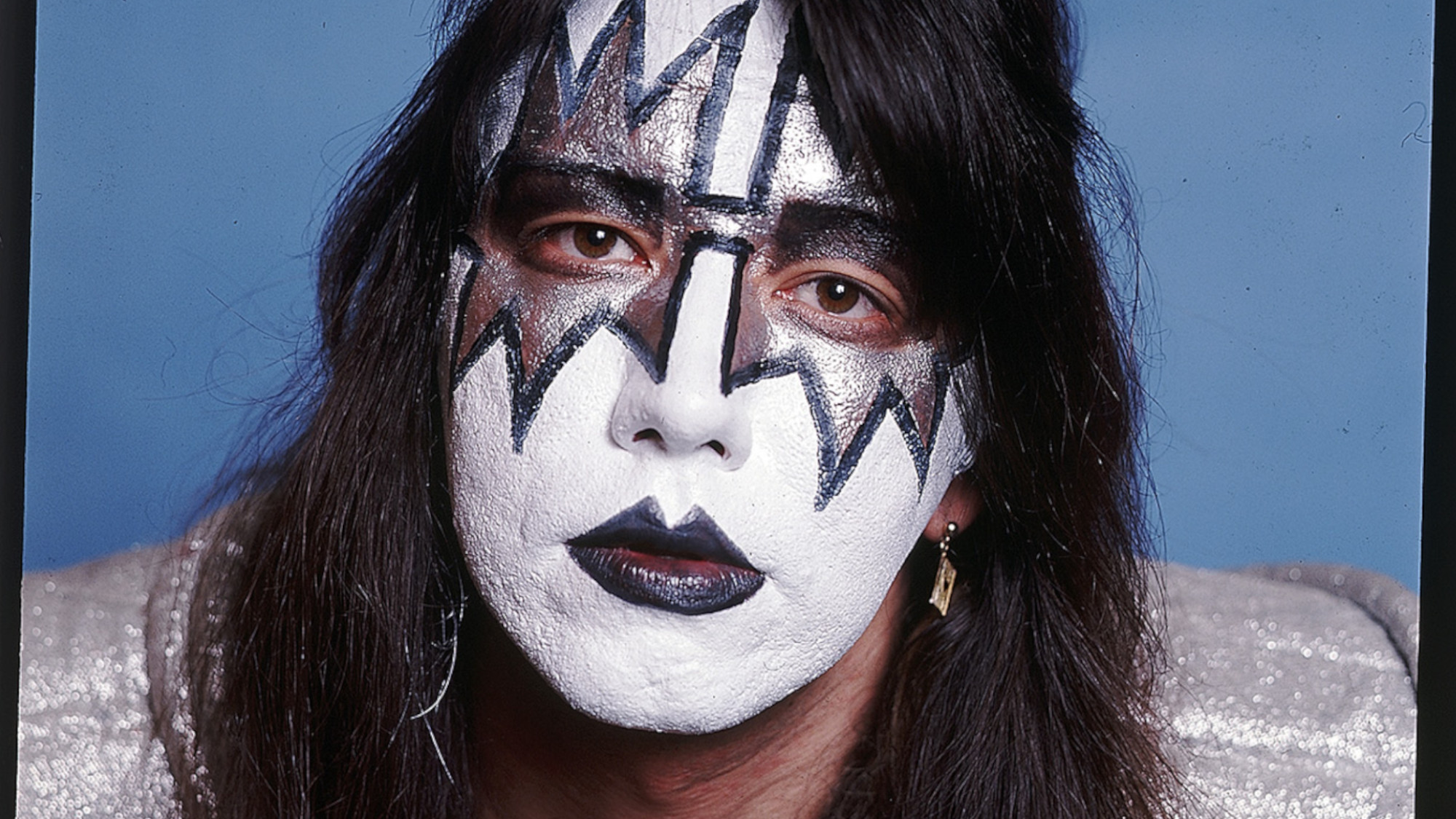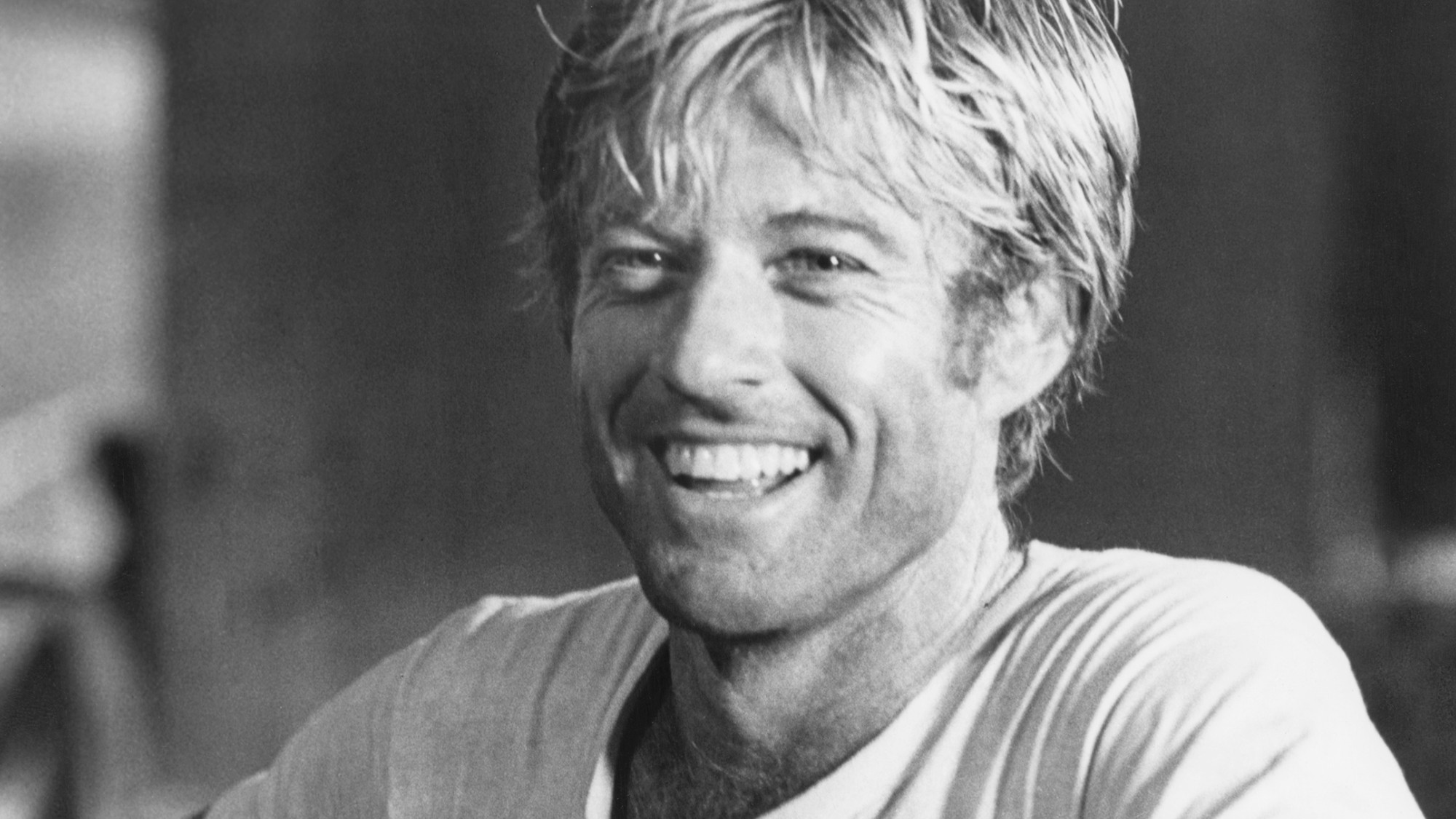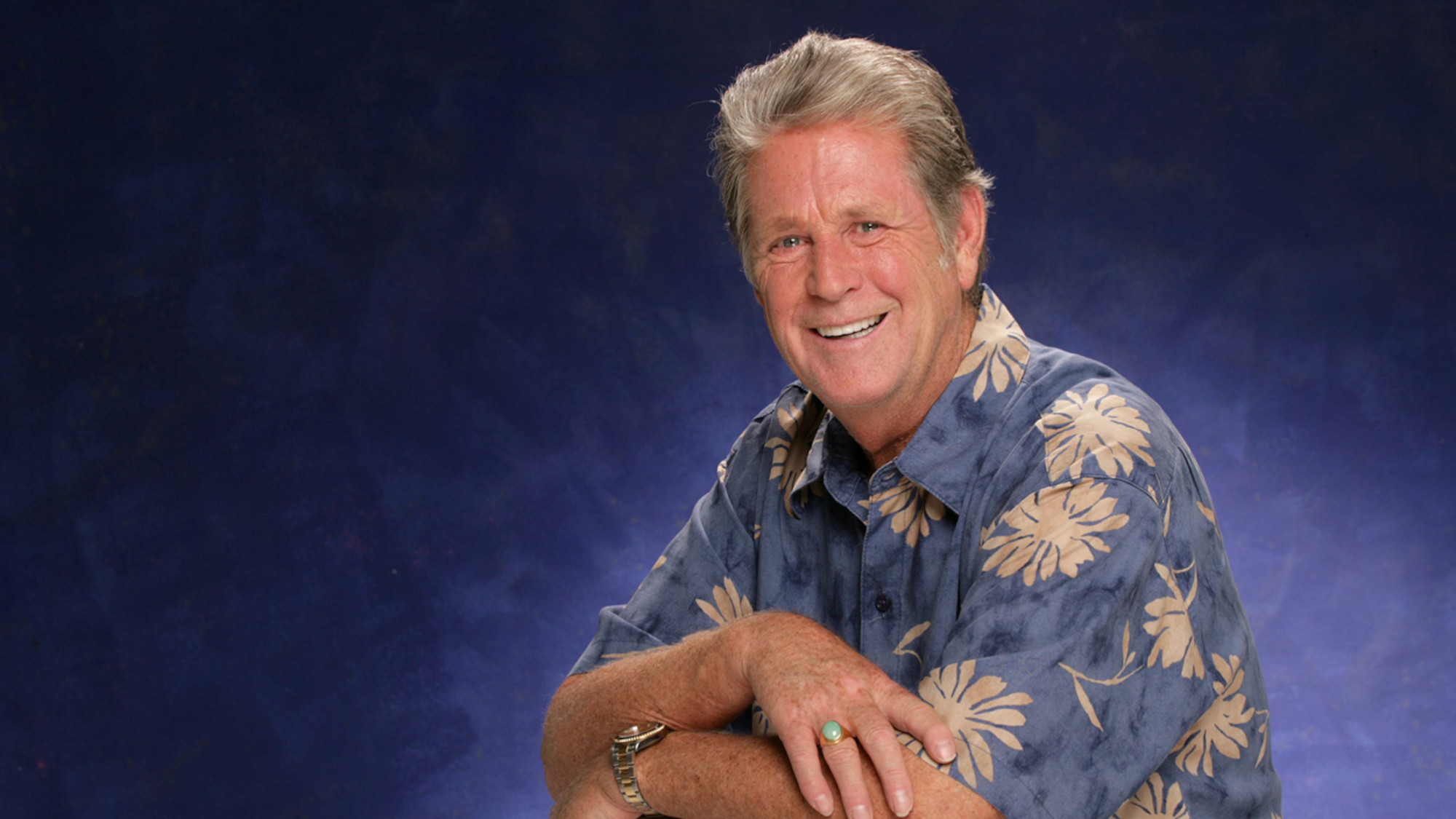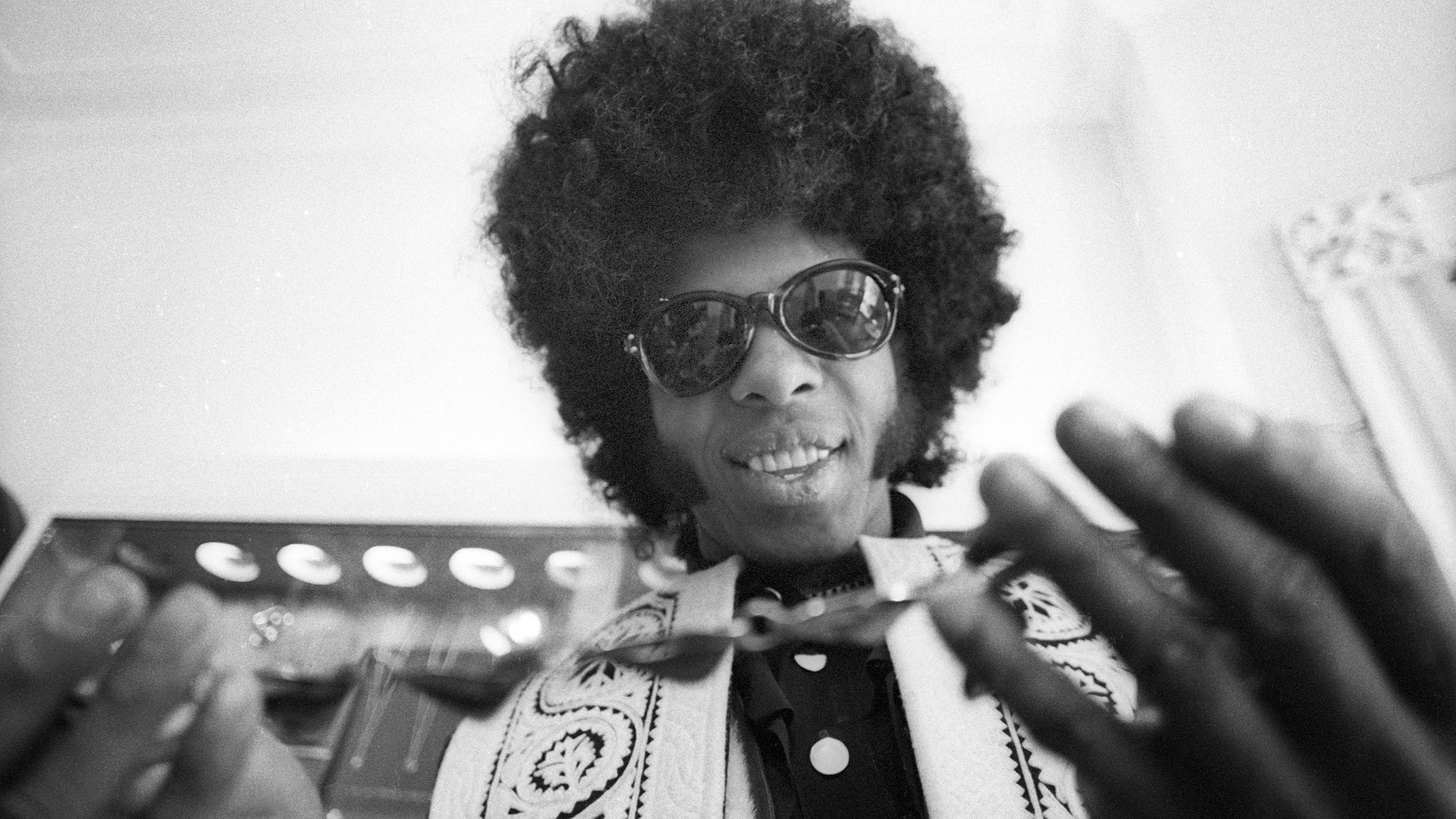John Martyn
The hard-living British musician who defied genres
The hard-living British musician who defied genres
John Martyn
1948–2009
The Week
Escape your echo chamber. Get the facts behind the news, plus analysis from multiple perspectives.

Sign up for The Week's Free Newsletters
From our morning news briefing to a weekly Good News Newsletter, get the best of The Week delivered directly to your inbox.
From our morning news briefing to a weekly Good News Newsletter, get the best of The Week delivered directly to your inbox.
Musically and personally, singer and guitarist John Martyn was a rebel. In dissolving barriers between blues, jazz, rock, folk, and the avant-garde, he defied easy categorization and refused corporate attempts to make him more marketable. He also engaged in substance abuse and general recklessness before dying from complications of double pneumonia last week.
Martyn, who was born Iain David McGeachy, was the son of light-opera singers, said Variety, but growing up in Glasgow, Scotland, preferred the music of local folk clubs. At the age of 18, on an agent’s advice, he packed whatever he could into his guitar case, changed his name, and moved to London. There he became the first white solo artist to sign with Island Records, a mainly reggae label. Martyn made some “straight-ahead folk albums” before his breakthrough work, Solid Air (1973). “It established Martyn’s trademarks—slurred vocals pushed to the bottom end of his tenor, prominent acoustic bass lines that prop up his acoustic guitar that crackled like a dying fire, the electric piano sprinkling in notes here and there.” Another Martyn innovation was slapping both sides of his guitar, which “added an eerie sustain on chords and ascribed a prominence to notes that pierced the blur of his vocals.”
Martyn pioneered the use of such gizmos as the fuzz box, phase shifter, and especially the Echoplex, which he “employed to mesmerizing effect on his druggiest, most electric-sounding album, 1977’s One World,” said the London Independent. “Listening to Martyn’s illustrious back catalogue, one hears naïveté, drugged-out experimentation, midlife crisis, and some Buddhism-influenced soul-searching.” Such innovation was an acquired taste; although Martyn released more than 20 albums, he never had wide mainstream appeal. But many musicians revered him. He played with Phil Collins and David Gilmour of Pink Floyd, and Eric Clapton covered Martyn’s song “May You Never” in 1977.
“At his height, every note Martyn played or sang seemed imbued with a spacious elegance and sublime airiness,” said the London Times. But heroin and alcohol abuse soon caught up with him. He recorded several mediocre albums in the 1980s and “later confessed that he could not even remember making some of them.” Martyn also grew increasingly accident-prone: He fractured several ribs by impaling himself on a fence, broke his neck by plowing his car into a bull, and “fell offstage on more than one occasion.” Last year he recalled, “I’ve been shot a couple of times as well, but just lay down and pretended to be dead. I guess I’m hard to kill.” By the 1990s he “cut
A free daily email with the biggest news stories of the day – and the best features from TheWeek.com
a shambling, overweight figure unrecognizable from the handsome, curly-haired youth seen staring so hopefully out of his early album covers.”
After a burst cyst led to septicemia and forced doctors to cut off his right leg below the knee in 2003, Martyn continued to play gigs in a wheelchair. More than once he asked the audience, “Does anyone require the services of a one-legged sumo wrestler?”
-
 Political cartoons for November 30
Political cartoons for November 30Cartoons Sunday's political cartoons include the Saudi-China relationship, MAGA spelled wrong, and more
-
 Rothermere’s Telegraph takeover: ‘a right-leaning media powerhouse’
Rothermere’s Telegraph takeover: ‘a right-leaning media powerhouse’Talking Point Deal gives Daily Mail and General Trust more than 50% of circulation in the UK newspaper market
-
 The US-Saudi relationship: too big to fail?
The US-Saudi relationship: too big to fail?Talking Point With the Saudis investing $1 trillion into the US, and Trump granting them ‘major non-Nato ally’ status, for now the two countries need each other
-
 R&B singer D’Angelo
R&B singer D’AngeloFeature A reclusive visionary who transformed the genre
-
 Kiss guitarist Ace Frehley
Kiss guitarist Ace FrehleyFeature The rocker who shot fireworks from his guitar
-
 Robert Redford: the Hollywood icon who founded the Sundance Film Festival
Robert Redford: the Hollywood icon who founded the Sundance Film FestivalFeature Redford’s most lasting influence may have been as the man who ‘invigorated American independent cinema’ through Sundance
-
 Patrick Hemingway: The Hemingway son who tended to his father’s legacy
Patrick Hemingway: The Hemingway son who tended to his father’s legacyFeature He was comfortable in the shadow of his famous father, Ernest Hemingway
-
 Giorgio Armani obituary: designer revolutionised the business of fashion
Giorgio Armani obituary: designer revolutionised the business of fashionIn the Spotlight ‘King Giorgio’ came from humble beginnings to become a titan of the fashion industry and redefine 20th-century clothing
-
 Ozzy Osbourne obituary: heavy metal wildman and lovable reality TV dad
Ozzy Osbourne obituary: heavy metal wildman and lovable reality TV dadIn the Spotlight For Osbourne, metal was 'not the music of hell but rather the music of Earth, not a fantasy but a survival guide'
-
 Brian Wilson: the troubled genius who powered the Beach Boys
Brian Wilson: the troubled genius who powered the Beach BoysFeature The musical giant passed away at 82
-
 Sly Stone: The funk-rock visionary who became an addict and recluse
Sly Stone: The funk-rock visionary who became an addict and recluseFeature Stone, an eccentric whose songs of uplift were tempered by darker themes of struggle and disillusionment, had a fall as steep as his rise